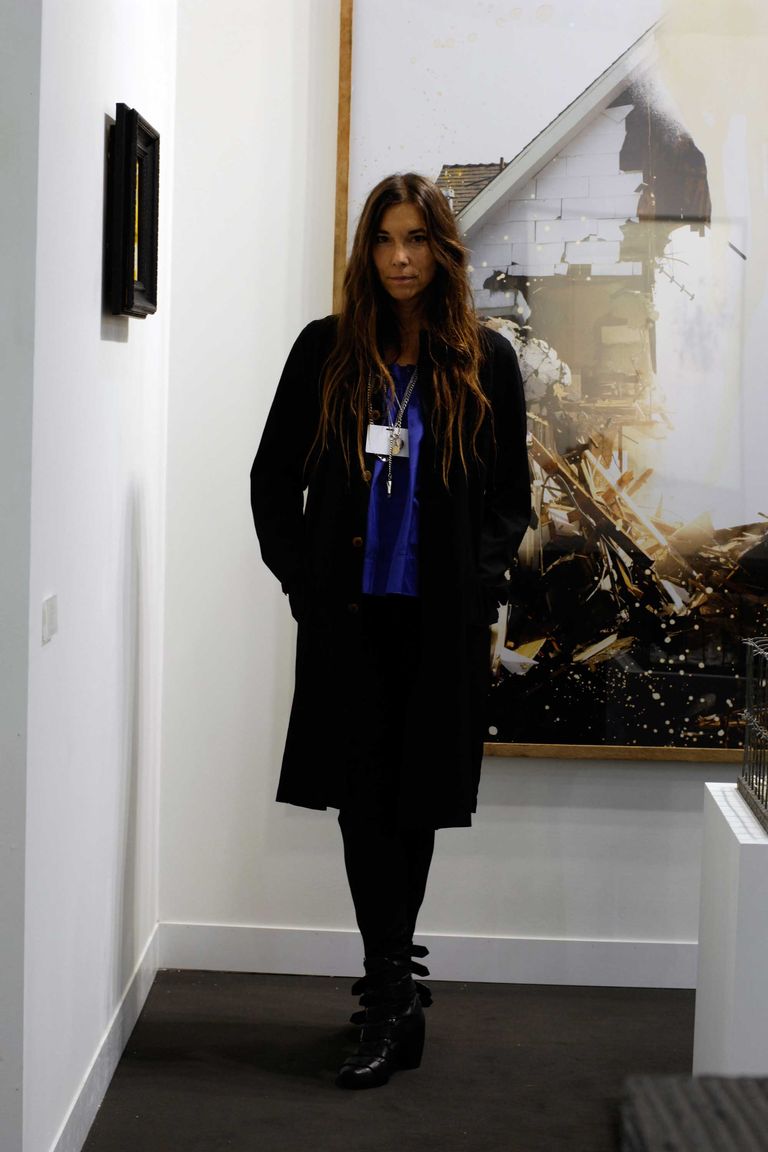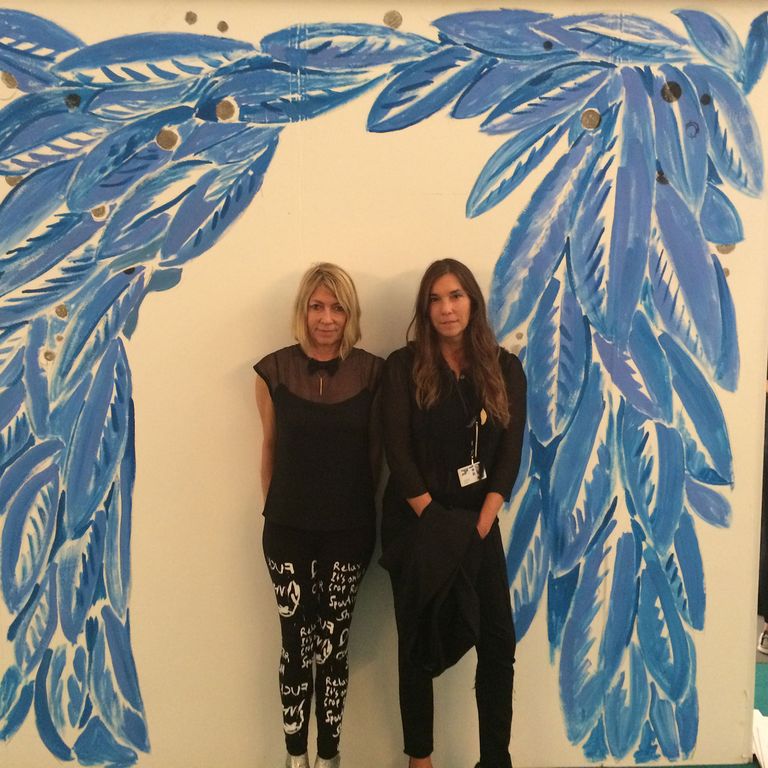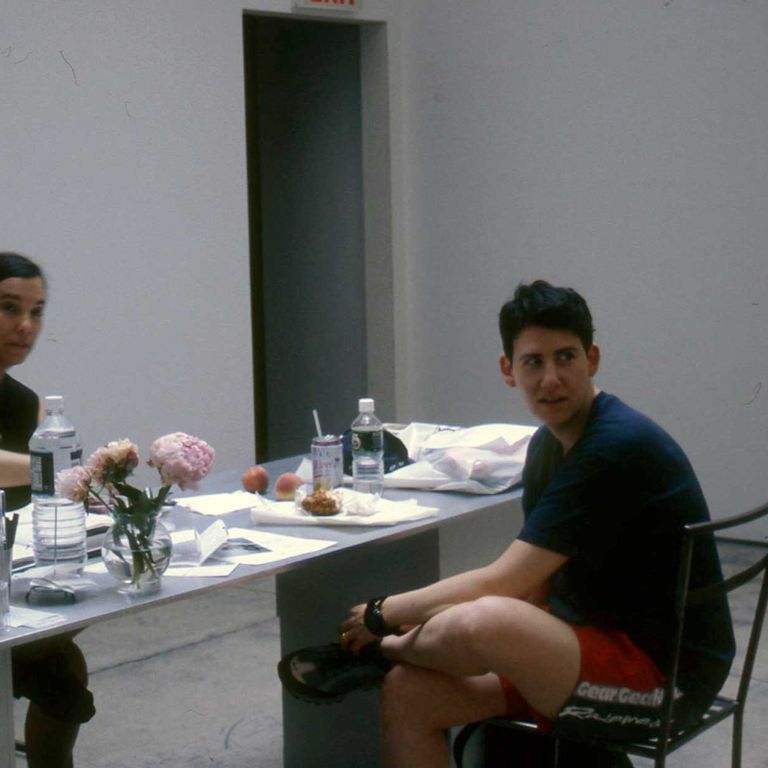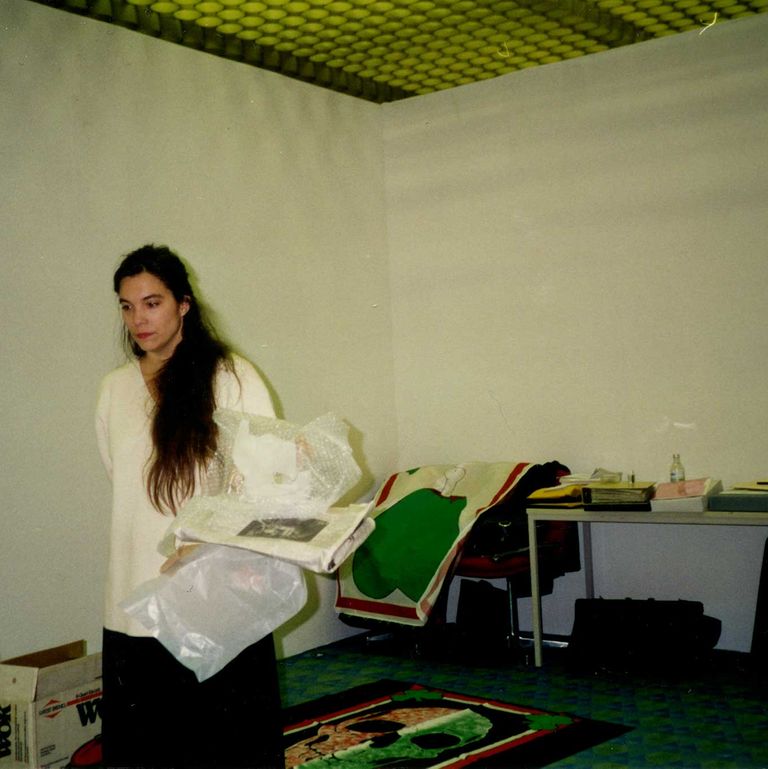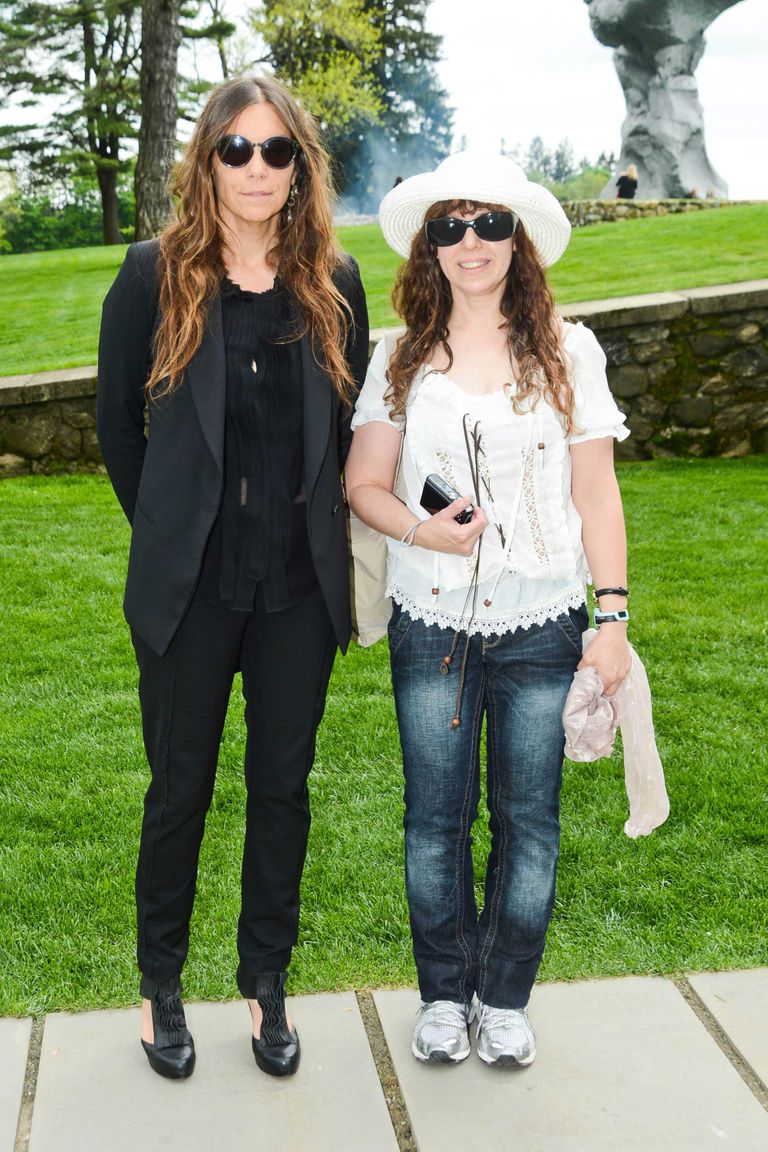Lisa Spellman Is a National Treasure
This year, one of the greatest New York gallerists of our time and continuous force for artistic good Lisa Spellman celebrates her 30th anniversary. It’s rare for a gallery to stay completely relevant and totally vital for 30 straight years. Spellman has one of those few galleries. Since 1984, her 303 Gallery — named after its first address at 303 Park Avenue South (it’s now a gym, like everything) and also referencing Alfred Stieglitz’s legendary “Intimate Gallery,” located in Room 303 of the Anderson Galleries — has been a space that proves that a small room can change the way we see the world, truly. I remember going there in the 1980s and listening to this super-alert, classic, uptown-meets-punk girl telling me about art that I’d never heard of in ways that made total sense, that seemed important, and altered the ways I understood photography.
Spellman had been studying photography at SVA. “I was more interested in Cindy Sherman and Richard Prince [than] East Village angst and post-AbEx expressionism — artists like David Salle and Julian Schnabel. It was so frustrating — and my teachers hadn’t even heard of [Prince and Sherman].” (She and Prince were married for a few years.) The original space was a fifth-floor, 2,500-square-foot loft rented for $470 per month. Among many notable artists who exhibited very early in their careers here and who were introduced to audiences by Spellman are Andreas Gursky, Thomas Ruff, Thomas Demand, Rodney Graham, Karen Kilimnik, Collier Schorr, Doug Aitken, Hans-Peter Feldmann, Dominique Gonzalez-Foerster, Mike Nelson, Rob Pruitt and Jack Early, Jane and Louise Wilson, Maureen Gallace, John Dogg, and Richard Prince. (Notice that she has always shown a lot of women.) Spellman’s East Village space, opened in 1986, was where Christopher Wool showed his epic Apocalypse Now painting, in an exhibition co-curated by Wool, for Spellman, with a young artist named Robert Gober who’d been showing at the role model for all things Spellman — and maybe all things good in the art world — Paula Cooper. This is the lineage of a great gallery.
It was in her space on Spring and Greene Streets, where she moved in 1989, early in the wave of good East Village gallerists like Pat Hearn and Colin de Land decamping to Soho, that Rirkrit Tiravanija staged his early cooking pieces. Gavin Brown was her “director,” sitting or sleeping at his desk near her office, acting alternatively sweet and surly. More than a few other current gallery personages were schooled at 303.
In 1996, 303 Gallery was among the first galleries to move to Chelsea, opening at 525 West 22nd Street. In 2008, Spellman moved to 547 West 21st Street. Unlike counterparts like David Zwirner and Ivan Wirth (of Hauser & Wirth Gallery), Spellman (who is a grandniece of Cardinal Francis Spellman, midcentury Catholic prelate of New York), has never tried to spawn a megagallery empire. Perhaps this is why some of her male mega-artists like Gursky, Ruff, and Demand left for some of those male-run megagalleries. Next year, 303 is reopening in a two-story, 14,000-square-foot space in the new Norman Foster building on 21st Street (where it was before Sandy wiped it out). So, finally, we’ll have a megagallery to look forward to. Regardless, Klaus Biesenbach correctly says, “I’ve always seen Lisa more as a co-conspirator and a friend of the artist.” More than that, Creative Time Director Anne Pasternak was right when she said in 2010, “I really think Lisa is part of a legacy of women dealers that certainly don’t get the attention that they have deserved compared to their male counterparts. Lisa’s following in the footsteps of women like Ileana Sonnabend, Paula Cooper, and Marian Goodman. She’s their legacy.” Amen.
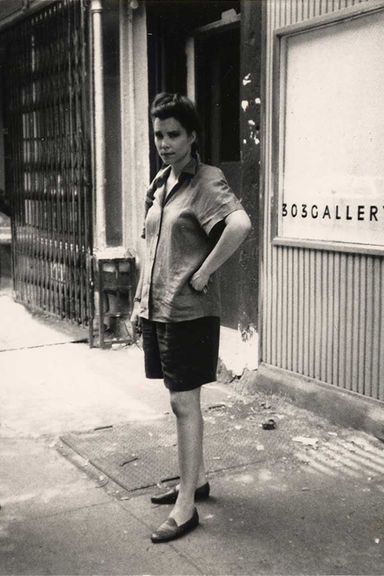
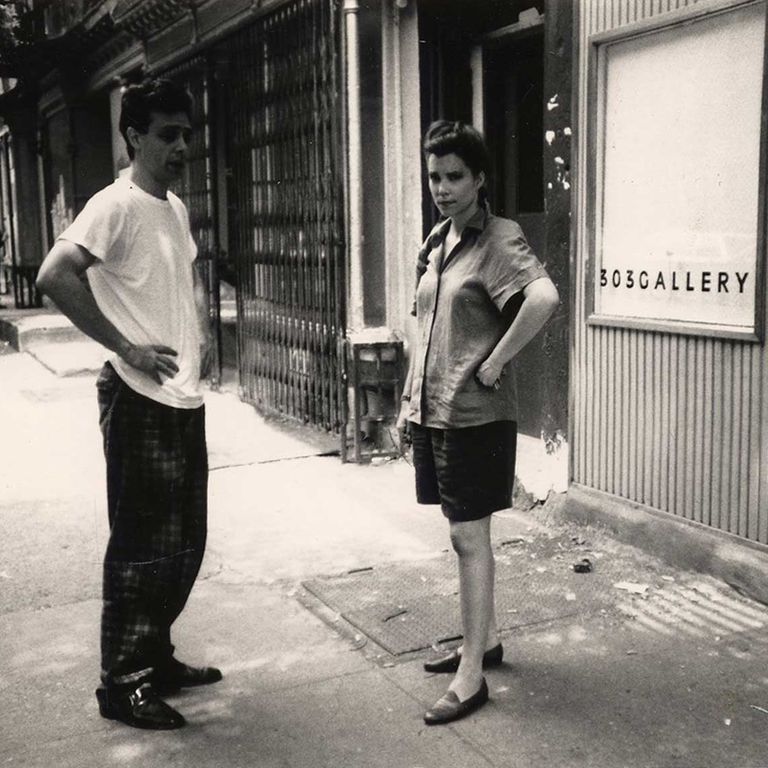
Lisa Spellman with Colin de Land in front of 303 Gallery, East 6th Street, 1986.

Lisa Spellman in front of works by Doug Aitken and Karen Kilimnik, Frieze Art Fair, 2009.
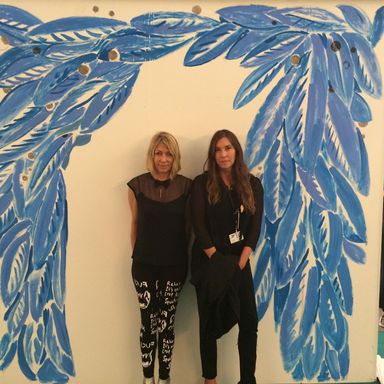
Kim Gordon and Lisa Spellman inside Nick Mauss's installation at Frieze Art Fair, 2014.

Lisa Spellman with Collier Schorr at 303 Gallery, 22nd Street location, 1995.
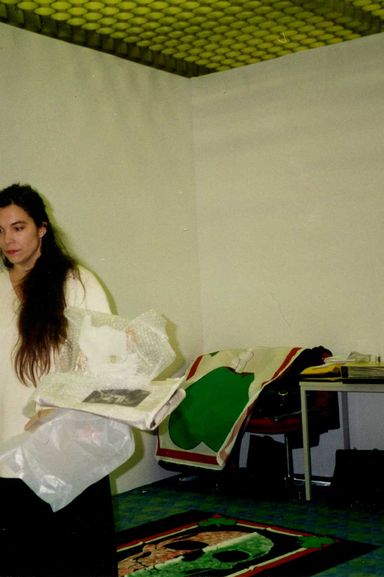
Lisa Spellman installing the booth at the Unfair, Koln, 1992.

Lisa Spellman and Karen Kilimnik at the Brant Foundation Art Study Center, Greenwich, Connecticut.
Photo: BFA
